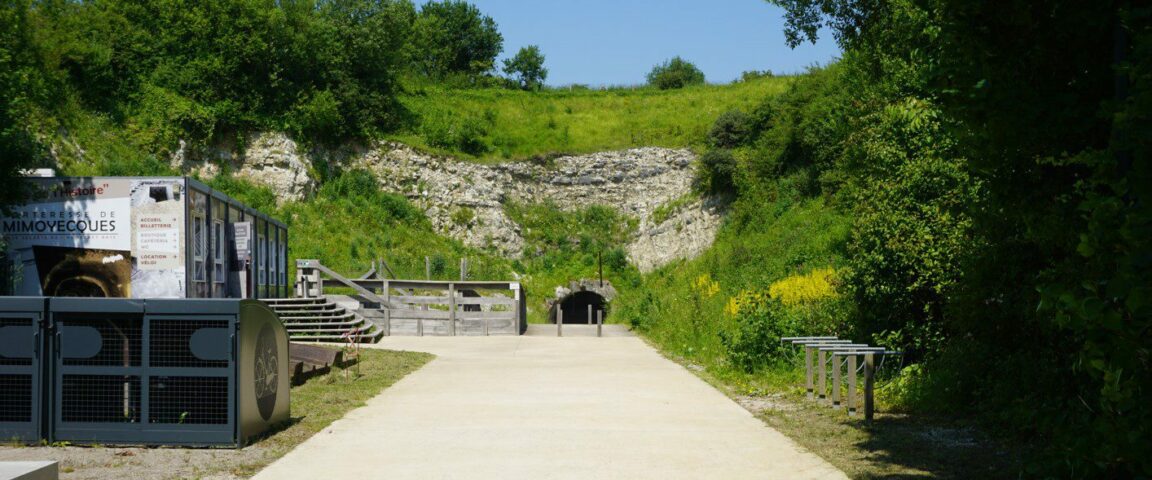Marquise Quarry Basin
This basin, exploited for limestone, is the oldest area in the territory of the Transmanche Geopark. It is an open-air showcase of the geology of the territory, telling a story that is 400 million years old, from the Devonian to the Carboniferous.
Marquise
Open all year round, with guided tours available on request.
Free access, but a fee may apply for guided tours.
Visitor information available
Facilities
- Car parking
- Viewpoint
Geosite details
This basin, exploited forlimestone, is the oldest area of the Transmanche Geopark territory. It is an open-air showcase of the geology of the territory, telling a story nearly 400 million years old, from the Devonian to the Carboniferous. This site is a clear example of how geological history can influence the economic activity of a region. The geological deposits present have not only sculpted the landscape, but have also allowed the development of local industries. In addition, this basin, one of the largest in France, has four extraction sites that testify to the historical and economic importance of this resource in the region.
